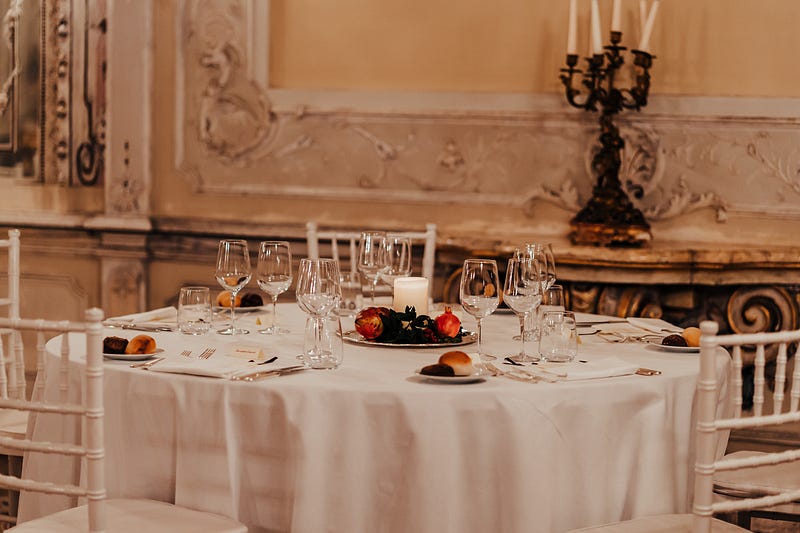Table of Contents
Volcanic seasoning, you say?
How many types of salt do you have?
Salt is one of the few universal seasonings, and for good reason. But when you think about it, why? We usually don’t want our food to taste salty (except when we do), and yet without a pinch, our food is often left feeling bland and incomplete.
That is because salt is actually a flavour improver — low concentrations reduce bitterness and increase sweet, sour and umami flavours, whilst high concentrations suppress sweetness and enhance umami.
It’s a swiss army mineral and we can’t get enough of it.
It is even thought that Roman soldiers were paid in salt, as a way to cure their meats and keep them edible (and tasty, I would guess). So, why settle for standard table salt when there is a world of differences out there; it’s time that we all started using not only the right amount of salt but also the right type.
Isn’t All Salt the Same?
It may sound bizarre at first to classify salts, but I promise it will make sense. First up we have cooking salts, these are your workhorse salts that can be used almost anywhere without much issue. You can salt your pasta water, season meats and even toss them through a big bowl of fries if you need to. They just work anywhere.
Next up are finishing salts, these are used almost exclusively for a final flair or garnish on a meal. Have you ever seen a line of salt on a plate? Chances are it was a finishing salt that is meant to add more of a texture than any kind of salty flavour.

Finally, we come to the small category of baking salts — these are typically more of a category of exclusion. A cake is very unlikely to call for a specific salt since, as mentioned earlier, too much salt actually detracts from the sweetness.
When measuring it is important to use accurate measures of salt, something that becomes very difficult with non-uniform sized crytals.
So Which Is The Best Salt and When Should I Use It?
Table Salt
Mined from underground deposits, this mass-produced salt is far saltier than other salts on this list, as well as the only one having artificial additives introduced. Where possible, this should be avoided in most cases — the added iodine and anticaking agents are often regarded as adding an unpleasant taste when compared with natural alternatives.
And unless you are living in the impoverished USSR, you definitely do not need the added iodine.
Kosher Salt

A somewhat misleading name for the god-king of salts, this salt undergoes no specific treatments to make it kosher, instead, its name refers to its use in koshering meat. It is especially good at doing so because of the coarse grains that excel at drawing any moisture from the meat, a property that transfers especially well to the cooking process.
Kosher salt is, arguably, the best cooking salt you can find.
There are a few small debates amongst chefs about other premium salts, but considering that this is 1/10 of the price of the alternatives, you should feel safe crowning a winner on both your recipes and your wallet.
Flaky Salt
This salt is made up of huge crystals, far larger than you are probably accustomed to and each one provides a satisfying crunch. They are squarely in the category of finishing salts as using these to season anything will leave you with mixed results and an expensive grocery bill.
A personal favourite use for these is to top mashed potatoes, the crystals provide a nice pocket of salt and a welcome, sharp crunch to an otherwise very soft dish.
Sea Salt
A finer type of salt, this is best used when you want to see and taste the salt, but not feel it when you’re eating it. Kosher salt and flaky salt all have large granules and can be distracting in a textured recipe, so it is here that sea salt shines.
Not only that but depending on the brand and price of the sea salt, there is often a distinctive taste that can be leveraged for various recipes.
Extra Fancy Salts

Fleur de Sel
This especially fancy salt is hand-harvested from ponds traditionally in Guérande, Brittany. It is suggested that, if it weren’t so expensive, that this would be the perfect all-purpose cooking salt. They possess the ability to dissolve at a much gentler rate, whilst also providing a much-appreciated boost in salinity.
Hawaiian Sea Salt
Full of trace minerals, such as volcanic baked red clay, this salt is typically black or red and can be a great showstopping flair used to enhance your recipe’s appearance.
It is literally volcano salt!
Conclusion
There are dozens of other salts that I haven’t mentioned, but using the right salt can often be the difference between an excellent meal, and a transcendent one. Take care, however, not to overuse the salts — they are an excellent piece of culinary flair, but if used improperly, they only detract from your dish.










